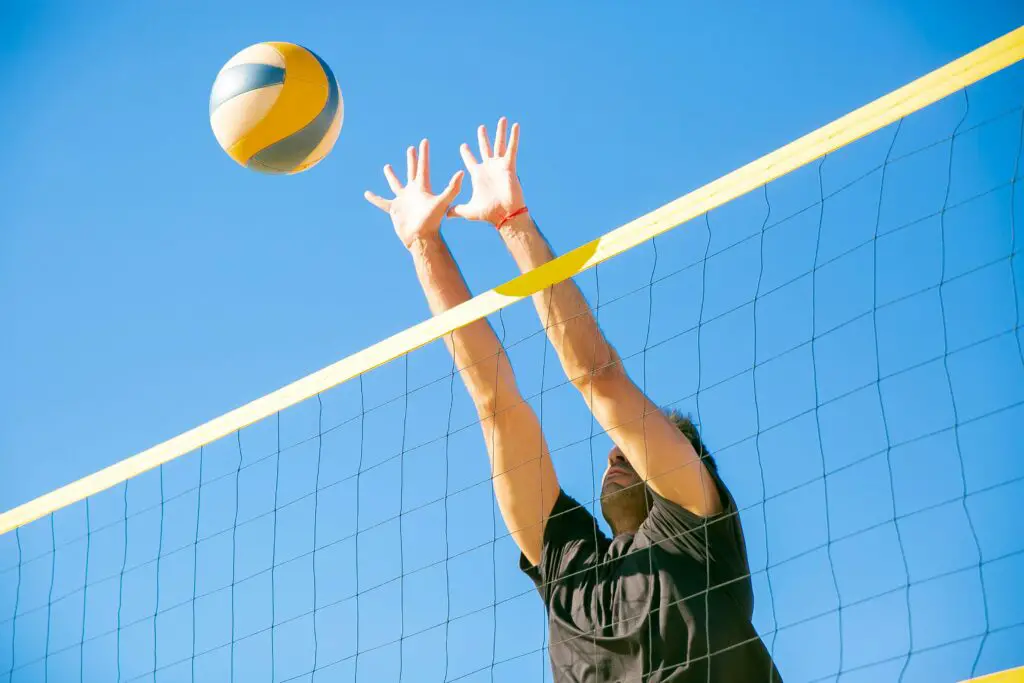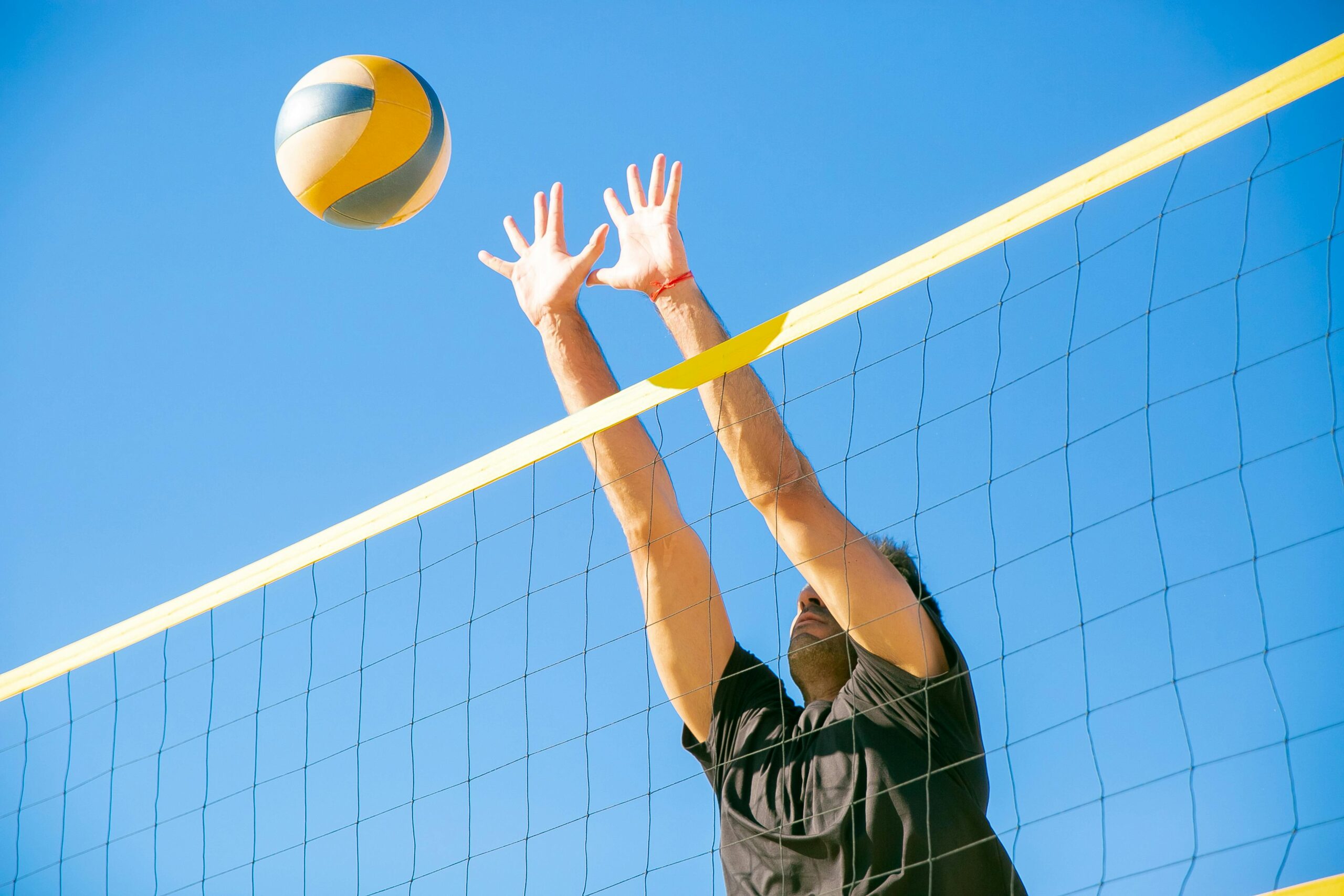While women are favored when it comes to college scholarships, men can also get some. It requires a strong mix of on-court skill and academic performance.
Academic criteria include a high GPA in 16 core courses and decent SAT or ACT scores. Coaches also like smart players with a good volleyball IQ.

1. Academics
Men’s volleyball scholarships can be full rides or partial, covering tuition costs and other college expenses. Athletes have to stand out athletically and academically to earn these financial aid awards. To make the grade, student-athletes must keep up with schoolwork, prepare for recruitment conversations and negotiate offers effectively.
Recruiting processes are unique to each athlete and school, with different milestones to hit along the way. Families should research schools to find a college that is an athletic, academic and financial fit for their student-athlete. To increase their chances of receiving a scholarship, athletes should create a recruiting video to highlight their best skills. Having this showcase will help coaches gauge an athlete’s skill level quickly and efficiently. A highlight reel of big hits and a powerful block jump will make coaches take notice.
The academic requirements for men’s volleyball scholarships vary by division level and school. NCAA Division 1 colleges can offer up to 18 scholarships per team, which can cover all or part of tuition costs. To qualify for this, student-athletes need a minimum GPA of 2.3 in 16 core courses and decent SAT or ACT scores.
While athletic criteria are largely up to the individual programs, most look for players who shine on the court and have high volleyball IQs. They also consider the athlete’s approach jump and block jump measurables, as well as their physicality and overall athleticism. The NCAA Division 2 level has more scholarship opportunities, at up to 8 per team. This level has a mix of campus sizes, and classes are often smaller with more in-person feedback from professors.
The National Junior Collegiate Athletic Association (NJCAA) is another option for student-athletes to explore. These schools are typically smaller with less competitive teams and can offer a more flexible schedule for students who want to balance school work, sports, family and other commitments. Some of these schools are even located near major metropolitan areas, so students can stay connected to home while pursuing their dreams. The NJCAA also does not limit the number of scholarships its programs can offer.
2. Sports
Full volleyball scholarships aren’t just for the top athletes at big schools. Athletes at smaller schools with less-known programs can still find themselves eligible for scholarships set up by local leagues and organizations that judge players less on talent and more on factors like academic achievement, community involvement or affiliations with their groups. Those types of scholarships can provide an excellent alternative to traditional athletic scholarships and are often a much more realistic financial option for athletes.
College volleyball scholarships are available at the NCAA Division 1 and 2 levels as well as the NAIA level. The NCAA allows a maximum of 4.5 scholarships per team for men, but NAIA can offer up to 8 scholarships on each squad. These scholarships can cover all or a significant portion of a student’s education and are highly competitive.
It’s important for students to talk with coaches early in high school about their plans to play at the college level and about any potential scholarship opportunities that may exist. Students can also get coaches’ attention by going to showcases or volleyball camps where they will be able to play in front of coaches and show off their skills.
Those who have the best chance of earning a scholarship are those who keep their grades up and work hard to improve their game. Colleges want students who can both play well and excel in the classroom. Students can try to impress coaches by sending them videos of their top plays, or even better by making a highlight reel and showing it off at games and events where coaches are attending.
It’s important to remember that the majority of scholarship opportunities are available at the D1 and D2 levels. The Ivy leagues don’t give athletic scholarships and many junior colleges and JCs do not either, but they are helpful in lining up academic or need-based aid that can help pay for the cost of a student’s education. The sports recruiting site, SportsRecruits, is a great way for prospective college men’s volleyball athletes to research the best colleges for them and to connect with college coaches.
3. Community
There are plenty of opportunities to get a full or partial college volleyball scholarship for men, though it can be harder than for women. NCAA Division 1 and 2 colleges offer them, while NAIA teams can give up to 8. But don’t discount junior colleges or Ivy League schools — they have their own scholarship programs too.
When it comes to the academic side of things, coaches will look for a solid GPA (2.3 minimum in 16 core classes) and decent SAT or ACT scores. They’ll also want to see you playing at a high level. Oftentimes, a coach will look for a hitter or setter first as they’re the most important positions for their team.
The competition for volleyball scholarships can be fierce, so it’s crucial to communicate with coaches early on and find out what kind of funding they’re able to offer. You’ll also want to understand the rules of the game — for example, NCAA Division 1 teams can only give players up to 4.5 full scholarships and they must be split evenly amongst all members of the squad.
Once you know what kind of scholarship coaches are able to offer, it’s time to start the negotiation process. Don’t be afraid to ask for more and to push back on offers that are too low. You’re in a position of power here, so be confident and use your skills to get what you deserve.
Remember, most of the top colleges for men’s volleyball also offer strong academics and a great overall fit. You can learn more about these schools by taking a look at NCSA’s power rankings, which factor in US News & World Report best college rankings, IPEDS graduation rates, average college cost after aid and NCSA Favorites activity. This is the only ranking system that takes athletic, academic and financial fit into account to help you find the best university for you. NCSA has helped more than 100,000 athletes like you find their perfect college, and we’re here to help you too. Get started with your recruiting journey today by requesting an appointment with an NCSA expert.
4. Social
Full scholarships allow students to focus on their academics and volleyball while avoiding additional debt from tuition, room, board, and other fees. These scholarships often cover the cost of books, as well. The scholarship can be renewed each year as long as the student maintains a minimum 3.0 GPA and scores on standardized tests. Students must also complete 16 core courses. Typically, these include four years of English; three years of math (Algebra 1 or higher); two years of social science, biological sciences, physical science, history or geography; and one year of a foreign language or religion, philosophy or ethics.
The level of academic and athletic achievement required to secure a men’s volleyball scholarship varies from school to school. Scholarships are available at NCAA Division 1, NCAA Division 2, NAIA and junior colleges. NCAA D1 programs can offer up to 4.5 athletic scholarships per team. NAIA and junior college teams can offer up to 8 athletic scholarships. Scholarships at these levels are often easier to secure because the level of competition is less demanding.
To improve their chances of getting a volleyball scholarship, student-athletes should start the recruiting process early. This can be as early as their sophomore year. They should also make sure they have an excellent highlight video that showcases their best skills. Additionally, they should make sure their grades are strong and that they follow the NCAA’s rules regarding recruitment.
College athletes should also consider other funding options, such as grants and financial aid. They should also avoid focusing on the sticker price of schools, as this may not reflect what their final costs will be. Families should also learn how to identify and apply for the right scholarships.
Lastly, families should communicate with coaches throughout the recruiting process. This includes responding to emails, messages on social media and recruiting letters. In addition, attending college volleyball camps is another great way to get on a coach’s radar. It’s important to remember that not all coaches will be able to offer scholarships, but it never hurts to ask. To help recruits find the right opportunities, SportsRecruits has created a free searchable database of men’s volleyball scholarships. The index allows users to search by athletic division, geographic location and area of study.

